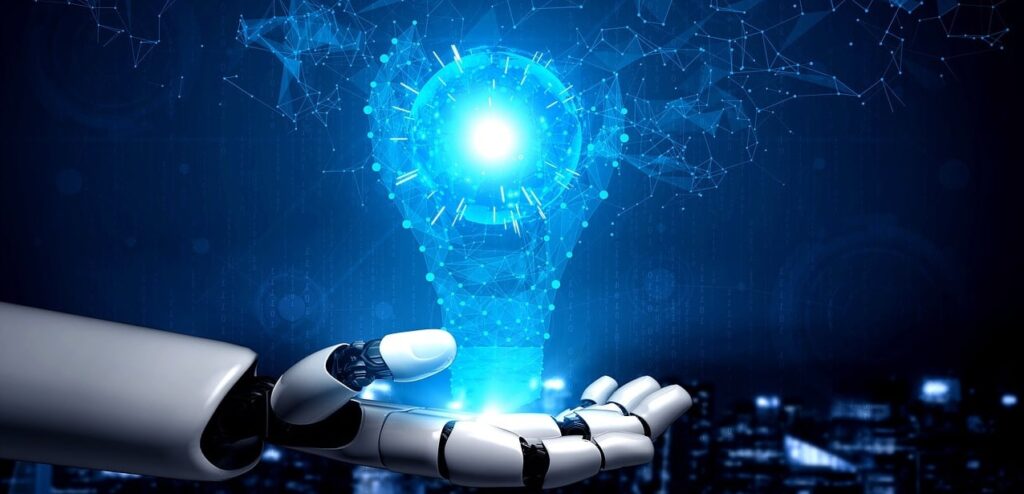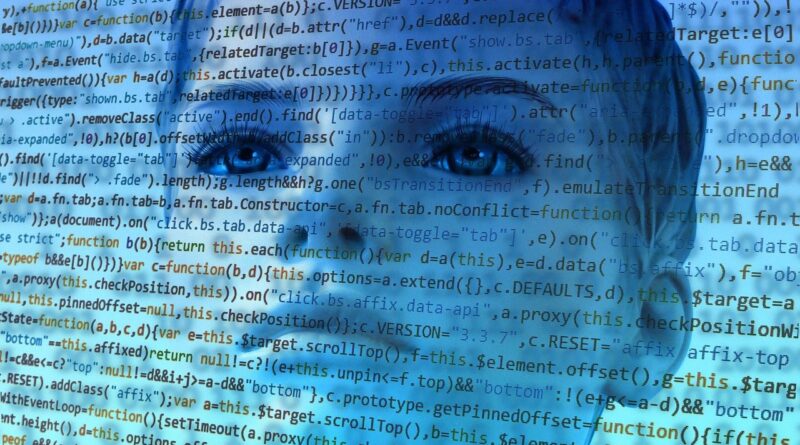Best Artificial Intelligence Course in Rudrapur
Artificial Intelligence is becoming the most popular subject in these days and many students and professionals are searching the best Artificial Intelligence Course in Rudrapur, let me help you to find the right institute where you can can practical knowledge in artificial intelligence and machine learning in rudrapur.
I hope you all knows about the DIGISTACKEDU , this institute rank for the artificial intelligence and machine learning course in the city where you can do offline training under mr. prashant who has more than 10+ years of industrial experience,and in the past years he worked in the famous IT companies.
Artificial Intelligence Certification Course in Rudrapur
Everyone is talking about the artificial intelligence and the latest software such as ChatGPT helping humans in different sectors such as marketing, content writing, application development and images designing. artificial intelligence is going to be blast and will change our life.
Artificial Intelligence Course Syllabus:
- Machine Learning Fundamentals:
- Supervised Learning: Learning from labeled data to make predictions or classifications.
- Unsupervised Learning: Finding patterns and structures in unlabeled data.
- Reinforcement Learning: Training agents to take actions in an environment to maximize rewards.
- Neural Networks and Deep Learning:
- Feedforward Neural Networks: This is a Basic neural networks for tasks like image classification.
- Convolutional Neural Networks (CNNs): Advance model that is designed for image analysis by capturing spatial hierarchies.
- Recurrent Neural Networks (RNNs): Used for sequences due to their memory capability.
- Generative Adversarial Networks (GANs): Generative models that create realistic data through competition.
- Natural Language Processing (NLP):
- Tokenization and Text Preprocessing: Breaking text into meaningful units for analysis.
- Word Embeddings: Mapping words to numerical vectors for NLP tasks.
- Seq2Seq Models: Sequence-to-sequence models for tasks like language translation.
- Transformer Architecture: Attention-based model architecture for NLP tasks.
- Named Entity Recognition (NER): Identifying entities like names, dates, and locations in text.
- Sentiment Analysis: Determining emotional tone in text.
- Computer Vision:
- Image Classification: Task to Assigning labels to images.
- Object Detection: Identifying and detecting different objects within images.
- Image Segmentation: here we Assign a label to each pixel in an image.
- Image Generation: Creating new images, often used for artistic purposes.
- Style Transfer: Applying artistic styles to images.
- Reinforcement Learning:
- Markov Decision Processes (MDPs): Framework for modeling decision-making.
- Q-Learning: Model-free RL algorithm for finding optimal policies.
- Policy Gradient Methods: Optimizing policy directly to improve performance.
- Actor-Critic Models: Combining value-based and policy-based methods.
- Deep Reinforcement Learning: Using deep neural networks to approximate optimal policies.
- Ensemble Methods:
- Bagging and Boosting: Methods combining multiple models for improved performance.
- Random Forests: Ensemble of decision trees for robust predictions.
- Gradient Boosting Machines (GBMs): Boosting algorithm for building strong predictive models.
- AdaBoost: Adaptive boosting for improving model accuracy.
- Clustering and Dimensionality Reduction:
- K-Means Clustering: Applying partitioning or grouping for data to create clusters.
- Hierarchical Clustering: Creating nested clusters based on similarity.
- Principal Component Analysis (PCA): Reducing data dimensionality while retaining information.
- t-SNE: Visualizing high-dimensional data in lower dimensions.
- Time Series Analysis:
- ARIMA Models: Autoregressive Integrated Moving Average models for time series forecasting.
- Seasonal Decomposition: Separating time series into trend, seasonal, and residual components.
- Long Short-Term Memory (LSTM) Networks: Neural networks for sequence prediction.

A career in artificial intelligence offers an excellent journey and filled you with innovation, impact, and limitless possibilities. As AI continues to evolve in every phase of society, the demand for skilled professionals will only increase. Whether you’re looking to achieve your goal of shaping the future or planning to get high salary, AI career can be a truly transformative choice.
you need to understand the power of AI, you can embark on a path that not only propels your own career but also contributes to the advancement of humanity as a whole.
A neural network are building blocks of AI models. A neuron is a fundamental unit that takes in input data using tensors, processes it, and produces an output. In the context of neural networks, a neuron, also known as a perceptron, follow the behaviour of a biological neuron by performing a multiplication of weighted sum of its input data and then applying an activation function on it. This activation function introduces non-linearity, enabling the network to capture various patterns in the datasets.
- Input Layer: This is where the network receives the raw or input data using tensor matrix , might be images, text, or numerical values in different shape.
- Hidden Layers: These intermediate layers used to process the data by applying various mathematical operations such as matrix multiplication and logistic functions . They are responsible for extracting and transforming features from the input data.
- Output Layer: The final layer produces the network’s prediction or classification such as image name or level, depending on the task the neural network is designed for.
One of the challenges in training neural networks such as ANN and CNN is to maintain a balance between fitting the training data well while avoiding overfitting. issue Overfitting occurs when a network try to learn the training data’s noise and give high accuracy and performs poorly on new, unseen data.
To handle overfitting issue, techniques like regularization, dropout, and cross-validation are constantly used. Regularization introduces penalties and dropout involves randomly “dropping out” neurons during the training phase , preventing the network from relying too heavily on specific neurons.
Conclusion
In conclusion, the Artificial Intelligence course offered by Digistackedu stands for a great opportunity in the rapidly evolving field of technology and education. This program can be a transformative step towards the AI career.
The course’s curriculum, designed by experts in the field of AI , the core principles of Artificial Intelligence, ranging from fundamental concepts to advanced applications. By providing a blend of theoretical knowledge and practical hands-on experience moreover, digistackedu emphasis on project-based learning within the course opens doors to creativity and innovation.

